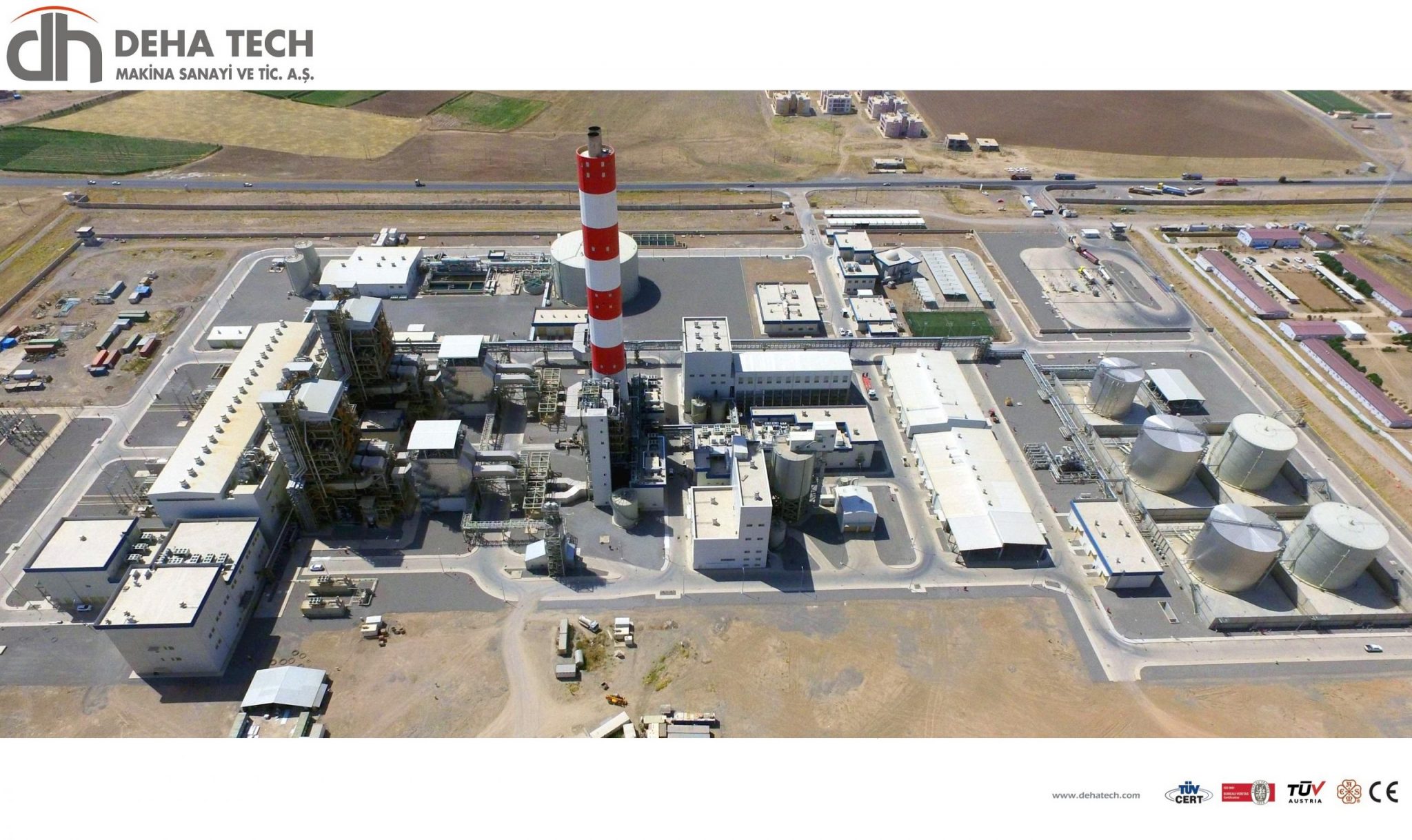A natural gas power plant works similarly to a traditional thermal power plant, except it burns natural gas instead of fossil fuels, like coal, to generate electricity
Natural gas power plants generate electricity by burning natural gas as their fuel. There are many types of natural gas power plants that all generate electricity, but serve different purposes. All natural gas plants use a gas turbine; natural gas is added, along with a stream of air, which combusts and expands through this turbine causing a generator to spin a magnet, making electricity. There is waste heat that comes from this process, because of the second law of thermodynamics. Some natural gas plants use this waste heat as well, which is explained below.
Natural gas power plants are cheap and quick to build.
They also have very high thermodynamic efficiencies compared to other power plants.
There are two types of natural gas power plants:
- Simple cycle gas plants:
The former consists of a gas turbine connected to a generator and the latter consists of a simple cycle plant,
- Combined cycle gas plants:
Combined with another external combustion engine, operating on the Rankine
cycle-hence its name “combined cycle”.
Natural gas turbines are theoretically simple and have three main parts:
- Compressor: Takes in the air from outside of the turbine and increases its pressure.
- Combustor: Burns the fuel and produces high pressure and high velocity gas.
- Turbine: Extracts the energy from the gas coming from the combustor.

